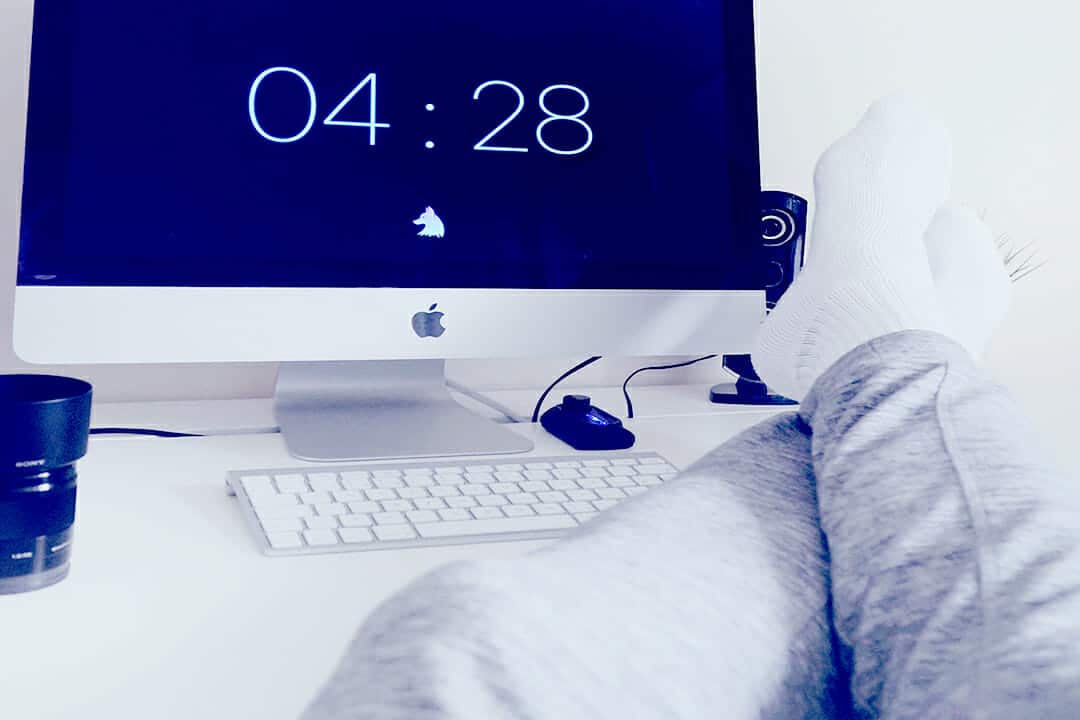
BW: So you can really make a case that the mind can heal the body?
HB: Your thoughts, a product of your mind, can alter genetic activity of bodily cells in a healthy fashion.
BW: Do you practice the RR?
HB: I now practice the RR every day. Forty years ago, science was so hostile to mind-body interactions that for the first 15 or so years after I had described the RR, I did not elicit it because I could be accused of being biased. I maintained that position until 14 to 15 years ago when I got older and the aches and pains started, and I said, Enough. I’m now bringing forth the RR on a daily basis for 10 to 15 minutes every morning.
BW: How do you one on one with a patient, teach that patient to elicit the RR?
HB: I would say to the patient, “Sit quietly, relax all your muscles, your feet, your calves, your thighs, shrug your shoulders and roll your head and neck around. Continue sitting quietly, breathe slowly and on each out-breath choose a word, sound, prayer or phrase that conforms to your belief system. This could be the word peace, love, gentle, calm.”
Or, if you’re religious and Roman Catholic, you could use “Hail Mary, full of grace.” And if you’re Spanish, Portuguese or Italian that becomes “Ave Maria.” Protestant people could use, “Lord is my shepherd, Make a joyful noise unto the Lord.” If you’re of Evangelical faith, you could use the words, “Jesus is Lord.” Jewish people “Sh’ma Yisrael,” or the word “Echad” (one). Hindu people the word “Om,” Tibetan people “Om Mani Padne Hum.” On each out-breath repeat your chosen word or sound or prayer or phrase. Other thoughts will come to mind. They are natural and should be expected. When they occur, simply say, Oh well, and come back to your repetition. Continue that for 10 to 20 minutes. How do you know the time is up? Do not set an alarm! Have a clock or watch in front of you and when you think, Time, peek. If it’s not time, return to the repetition. When the time is up, keep your eyes closed for about a minute and allow other thoughts to come into your mind, and at that point open your eyes and get up.
Obviously choose a technique that is culturally acceptable to you. If English is not your first language, use your original language. People of all ages can evoke the RR. We start teaching it in preschools with children of 4 to 5 years old, and we also teach people well into their ninth decade. Regularly evoking the RR is an essential feature to bringing forth its genetic changes.
BW: Why is breathing so important?
HB: Breathing has evolved as a very important feature of the RR, I believe, because it gives an anchor point within yourself to which you can attach your chosen word, sound, prayer, or phrase to break the train of everyday thinking.
BW: How much interest is there in mind-body studies?
HB: The Massachusetts General Hospital of which the Benson-Henry Institute is part, teaches people from all over the world appropriate approaches to medicine. Many are now coming to the Massachusetts General Hospital to learn how to evoke the RR and also about its scientific base. We find there is great interest in our studies, and it’s wonderful that we are part of such a premier teaching and training hospital.
BW: Are there any other research institutions devoted to this type of study?
HB: Yes. The National Institutes of Health, with its Center for Complementary and Alternative Medicine is one. Another is the Center for Communicable Disease and Prevention. There are also foundations that support mind-body research.
BW: What do you see in the future?
HB: I believe that mind-body effects that incorporate the RR approaches will become a well-established component of everyday living. They will be used both for the maintenance of health and the prevention and treatment of a multitude of stress-related diseases. The RR is an inborn natural capacity that all humans have and it can only be a matter of time before it will become fully recognized and more extensively utilized.
This article was first published in Brain World Magazine’s Winter 2012 issue.
Related Articles
- All in Your Head: An Interview with Dr. Daniel Amen
- Brain Meets Machine: The Art and Science of BCIs
- Live Well, Feel Well: 7 Tips for Healthy Living
- In The “Creative” Zone: An Interview with Dr. Charles Limb
- Music and the Mind: An Interview with Neuroscientist Daniel Levitin
- Why A Television Anchor Turned to Meditation: A Q&A with Dan Harris








